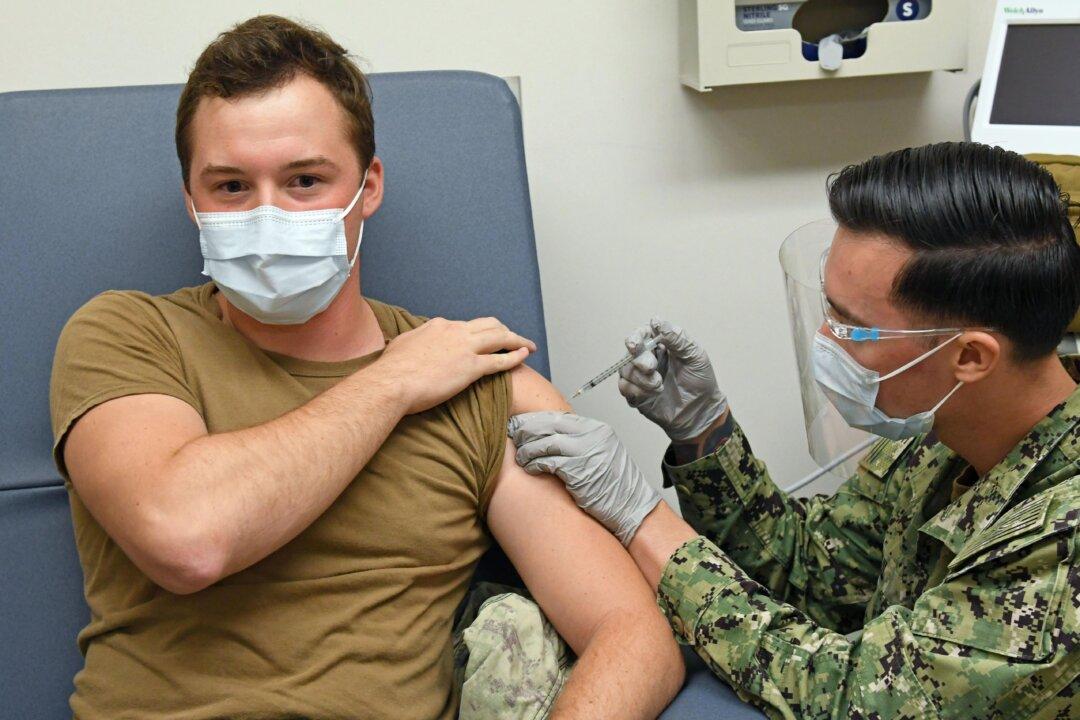Health statistics of the U.S. military have been repeatedly changed over the past 15 months in a way that makes it difficult to gauge the COVID-19 pandemic’s impact on the health of military service members.
In order to measure the impact, data from during the pandemic would be compared with data from before the pandemic. Such a comparison has been undermined, however, by changes to the numbers for pre-pandemic years, as apparent from data published by and leaked from the Military Health System.





